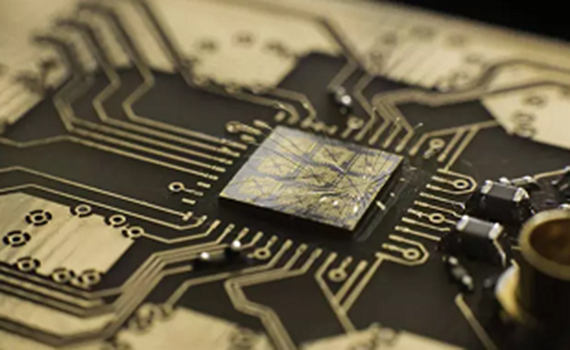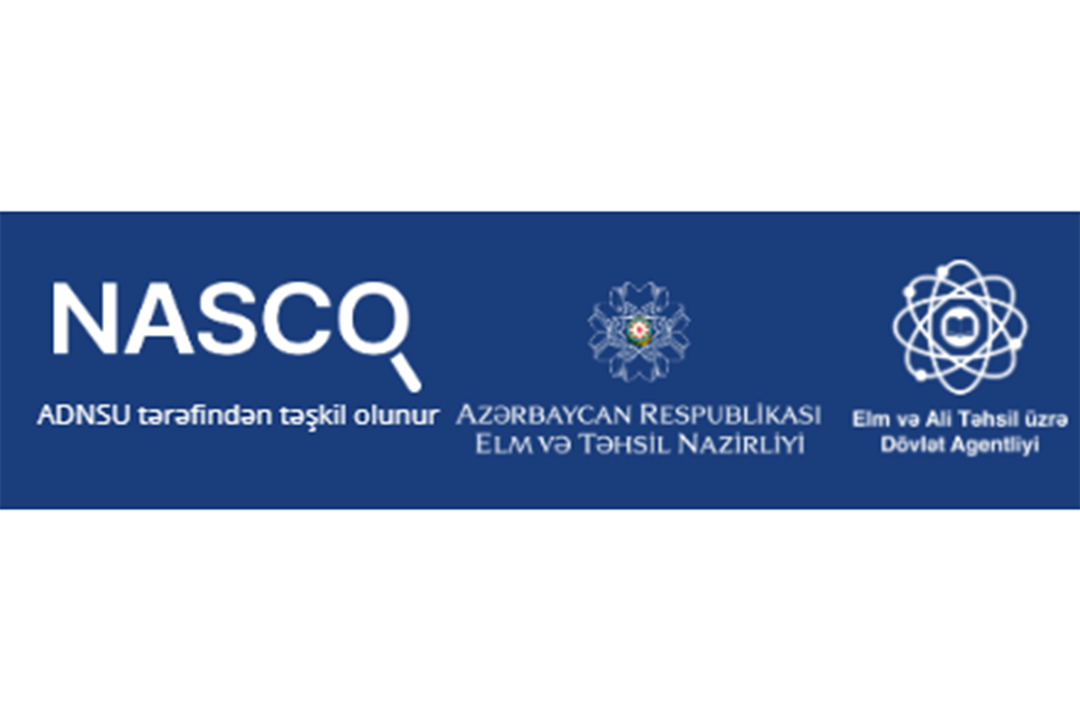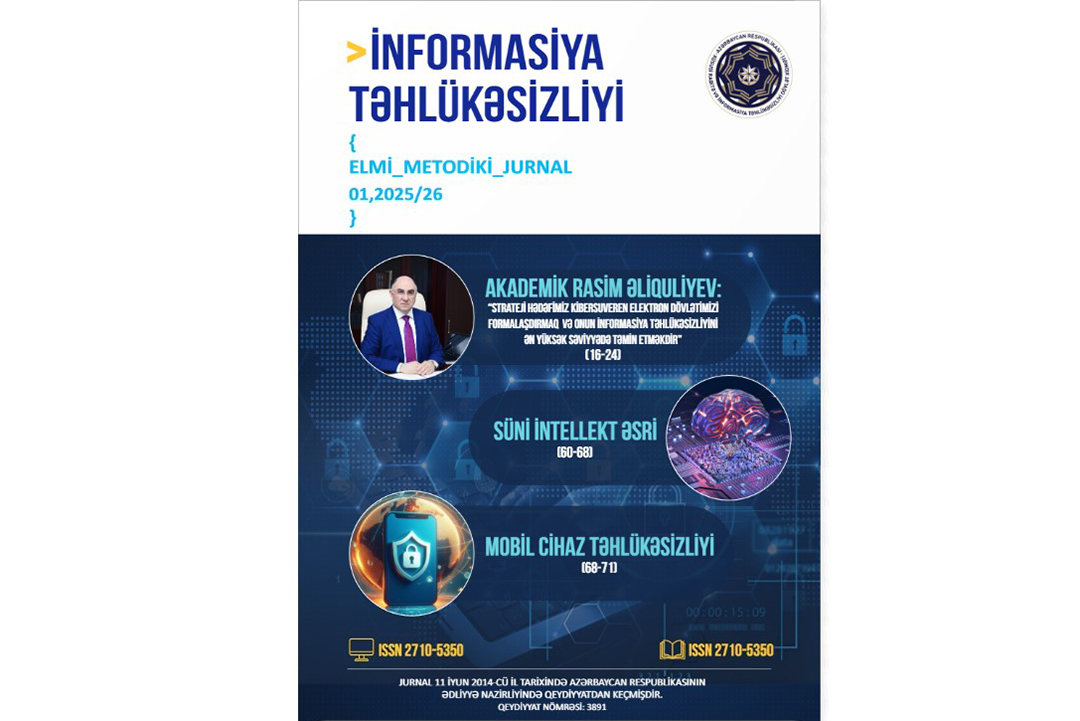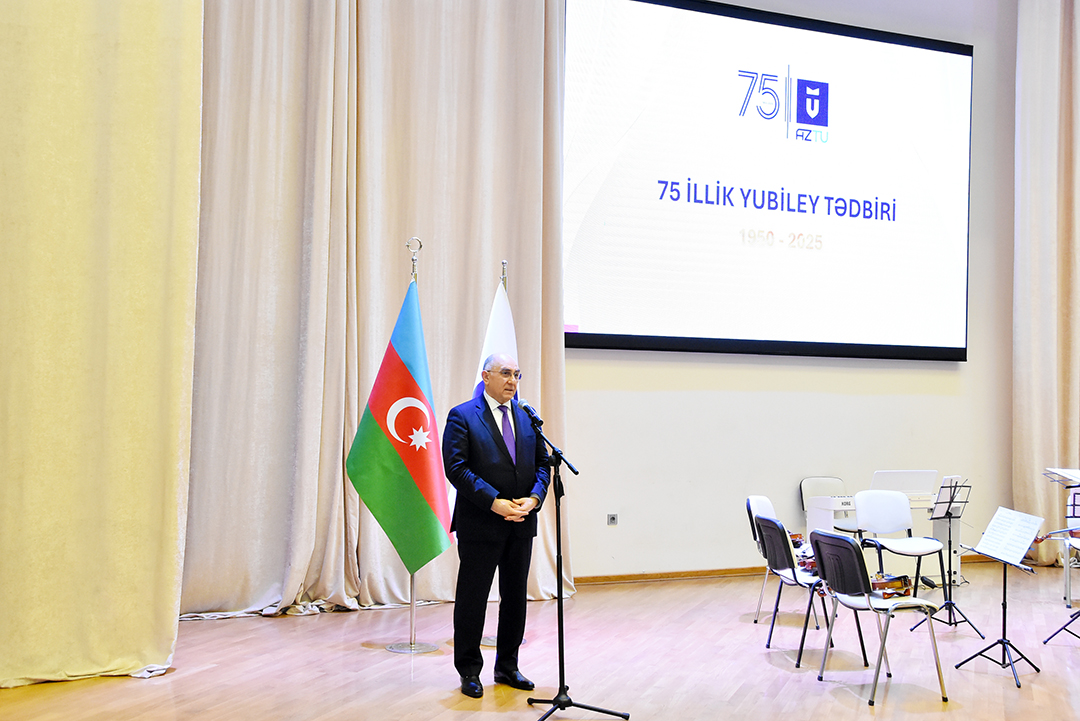NEWS
A new method of transmitting quantum information introduced

American physicists have demonstrated a new method of transmitting information about the state of electrons. The study brings scientists one step closer to creating full-featured quantum computers.
A quantum computer operates on the principles of quantum mechanics - laws that are characteristic only for particles of an atomic and subatomic scale. At this level, classical physics ceases to work and unusual effects are observed. Such a computer is capable of performing complex calculations, decomposing extremely large numbers, and simulating the behavior of atoms and particles with high detail and speed.
Quantum computers differ from ordinary computers primarily in that they do not use bits to transmit information, like ordinary computing devices, but qubits. They can take not only the values “0” and “1”, but also a superposition of these two states. It is this property of qubits that makes a quantum computer a promising computing device. However, like ordinary computers, quantum computers also need a way to transfer information between qubits, and this is a serious experimental problem.
The main difficulty is error protection. In conventional computing devices, this allows a simple copying of the states of the bits. Therefore, if one of the bits suddenly makes a mistake, the others extract a copy of it from memory and work on. But qubits cannot be copied. Fortunately, there is another way to correct errors in a quantum computer. However, this requires that one qubit interact with several neighbors.
To accomplish this, researchers from the University of Rochester and Purdue University used the quantum properties of electrons. Namely, the Pauli principle, according to which an atom cannot have two or more electrons in the same quantum state. In this case, scientists were interested in only one characteristic of these elementary particles - their own moment of rotation, or spin.
Researchers have shown that if two electrons with different spins come together well enough, interesting transformations can occur with them. For example, the direction of their spins can change in time at the same time. That is, in fact, the second electron becomes an exact copy of the first, and the first - of the second. To do this, scientists cooled the semiconductor chip to extremely low temperatures. Using quantum dots - nanoscale semiconductors - they captured four electrons in a row, then moved them so that they began to contact and their states switched.




